The 10 Best High-Protein Foods Every Woman Should Eat Every 4 Hours

Juggling work, family, and self-care leaves little time to think about nutrition. Yet getting enough protein throughout the day is crucial for energy, muscle maintenance, and balanced blood sugar. Dr. Taz Bhatia, M.D., CNS, L.AC, a double board-certified medical doctor, breaks down exactly how to hit your protein goals without spending hours in the kitchen. Read on to discover simple ways to incorporate 30-40g of protein every four hours into your daily routine.
Why Your Body Craves Protein
The conversation around weight, belly fat, and hormone balance centers around blood sugar, according to Dr. Taz. "Blood sugar is regulated in our body by our gut, our liver, and our pancreas," she explains in her post. When these levels spike and crash instead of remaining steady, your metabolism enters storage mode, triggering a cascade of health issues. Protein helps maintain stable blood sugar levels throughout the day, keeping your body functioning optimally.
The Magic Number: 30-40 Grams Every 4 Hours
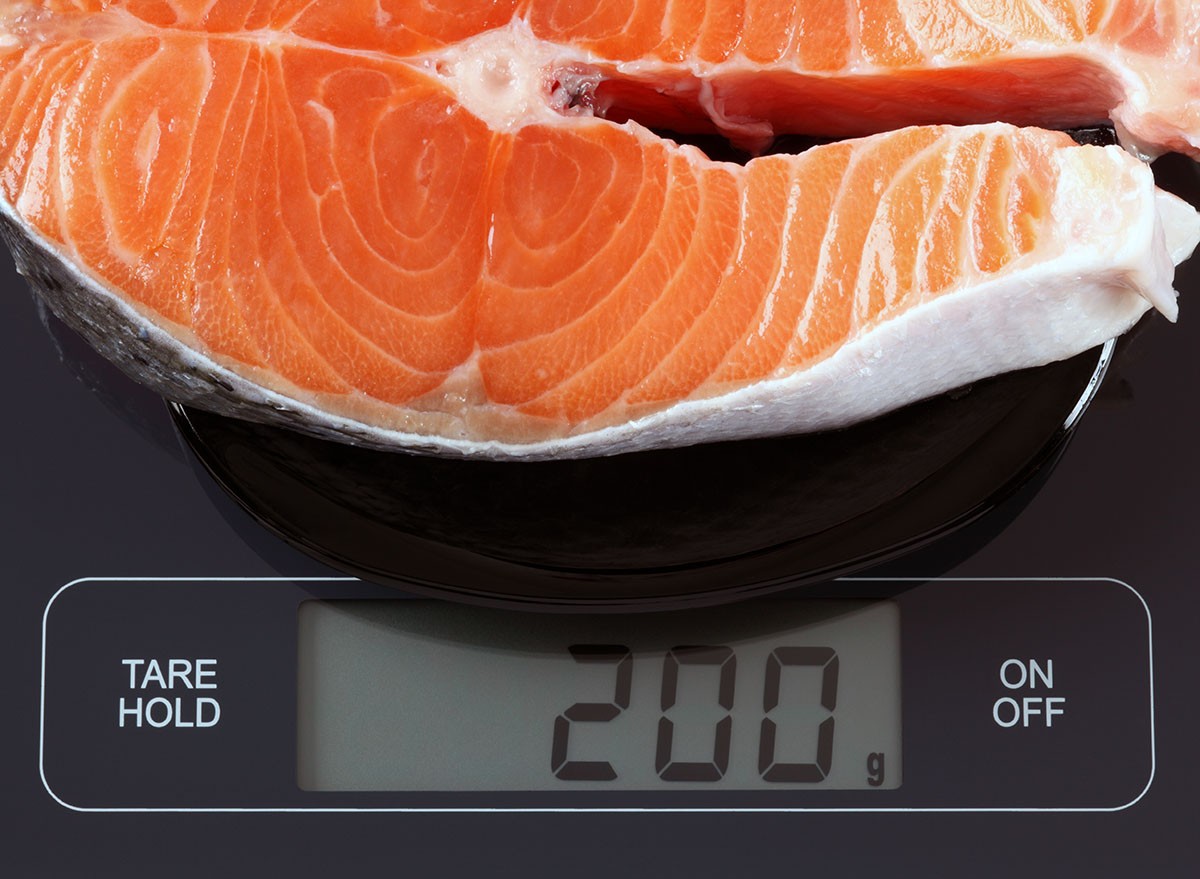
Getting 30-40 grams of protein every four hours might sound intimidating, but Dr. Taz assures it's not as much food as you think. This target is an average – if you're smaller, you might need slightly less, while those who are building muscle may need more. The good news? "It's not as challenging as we think it may be," Dr. Taz says, and with the right foods, you can easily hit this target.
Fish: Maximum Nutrition, Minimal Portions
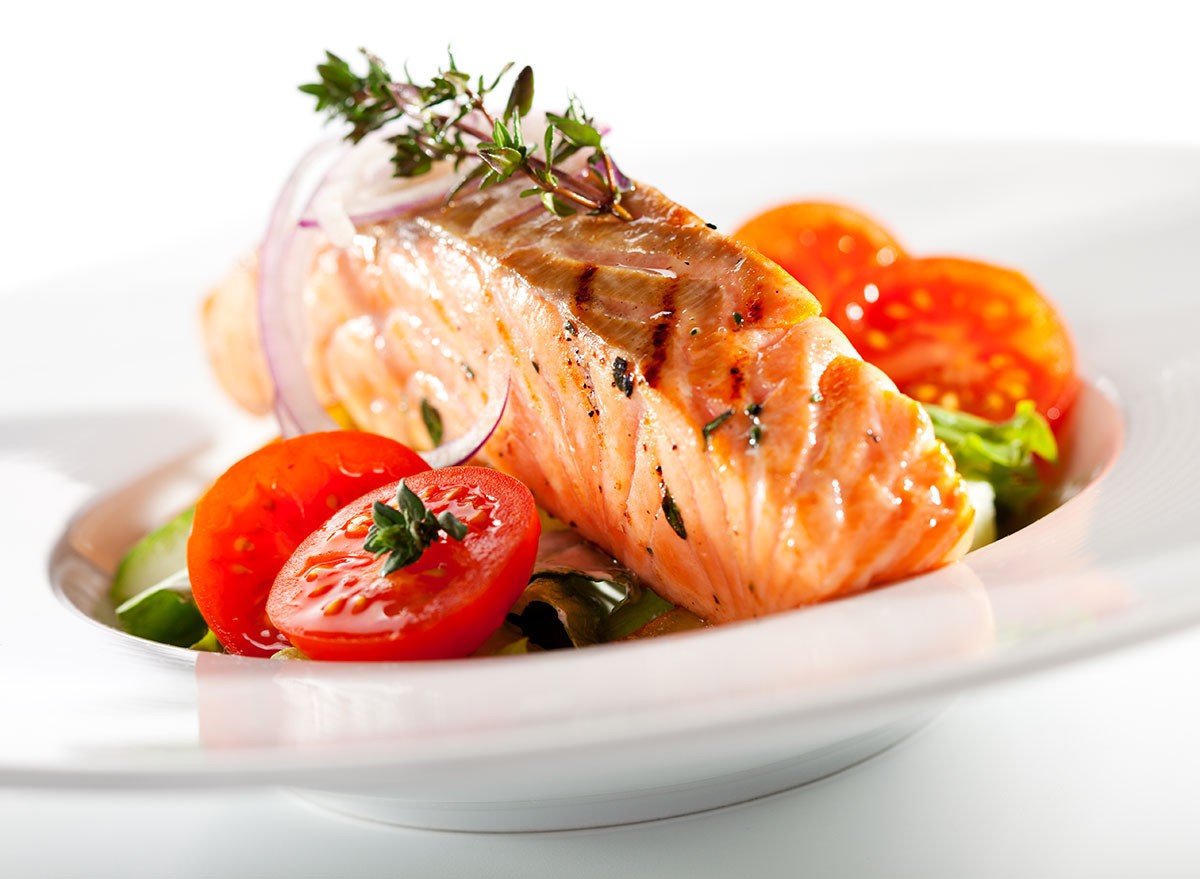
Fish provides exceptional protein with minimal effort. "For every three ounces of an animal-based protein, you are getting roughly 25-30 grams of protein," Dr. Taz points out. That's just half a fish fillet, making salmon, tuna, and other fish varieties perfect for meeting your protein needs. Fish also delivers heart-healthy omega-3 fatty acids and essential minerals your body needs for optimal function.
Poultry: Lean and Protein-Packed
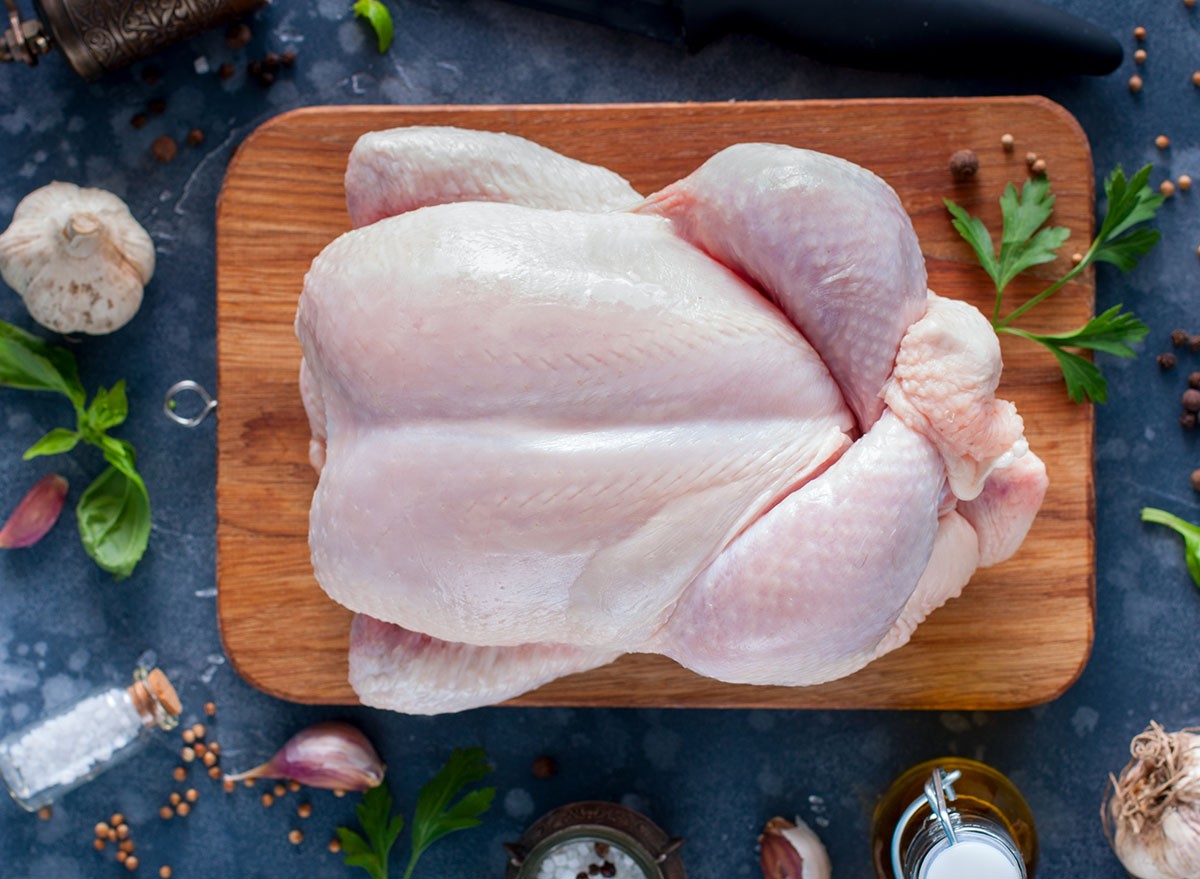
Chicken breast offers an impressive protein punch similar to fish. Dr. Taz explains that half a chicken breast (about 3-4 ounces) provides approximately 25-30 grams of protein. This lean meat option keeps you satisfied while supporting muscle maintenance. Turkey and other poultry offer similar benefits, giving you plenty of versatile options for your meal planning.
Red Meat: Quality Over Quantity
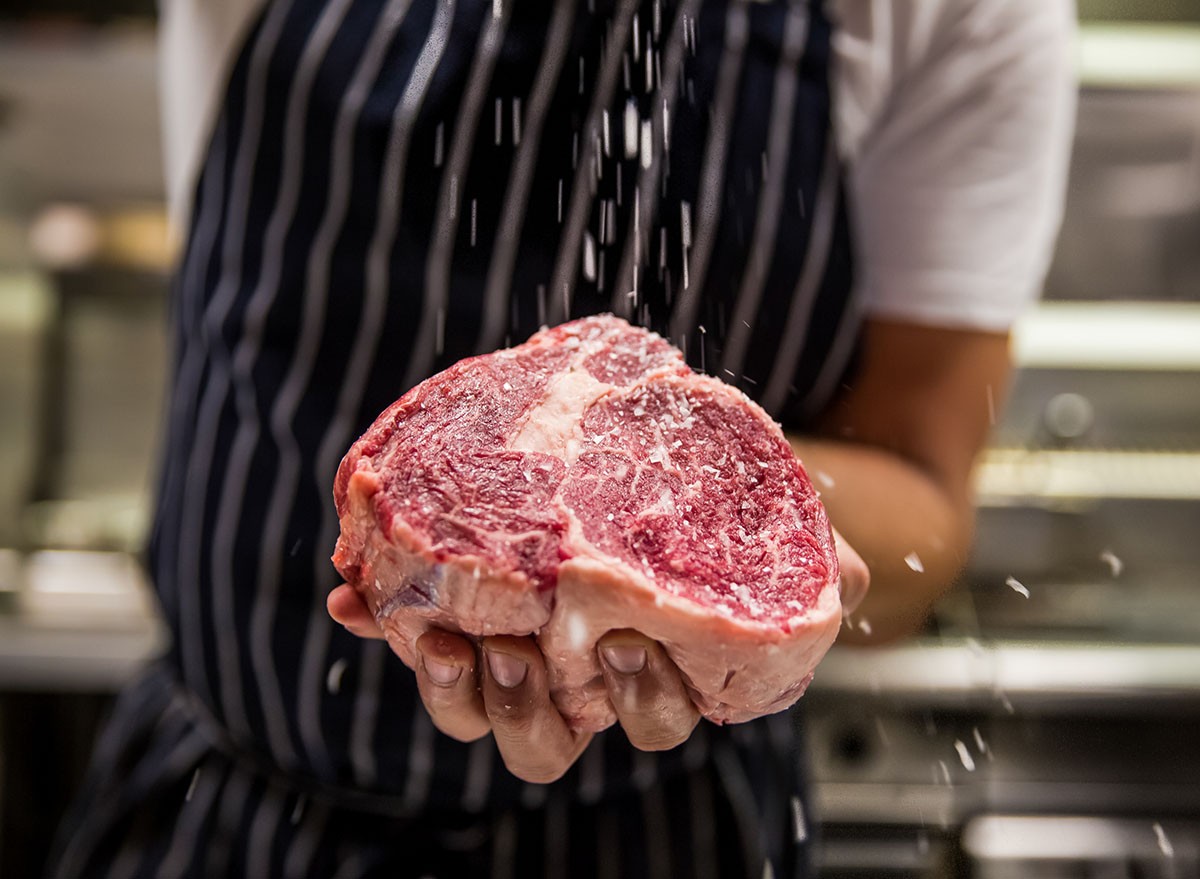
Beef, lamb, and other red meats deliver complete proteins with all essential amino acids. "We don't need that much," emphasizes Dr. Taz, noting that just 3-4 ounces of beef provides nearly 30 grams of protein. Focus on proper portions – about half of what you'd typically be served at a restaurant is plenty. Choose grass-fed options when possible for additional nutritional benefits.
Eggs: The Portable Powerhouse
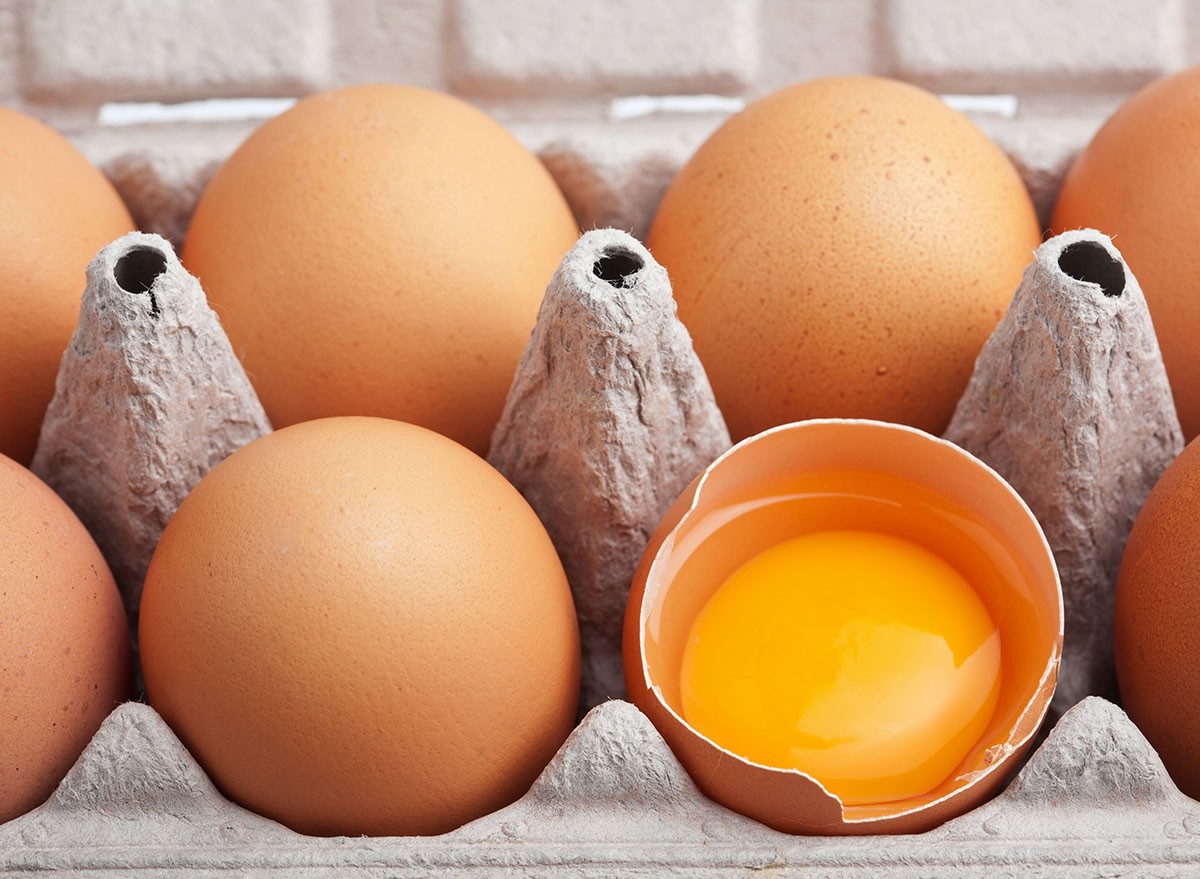
Eggs aren't just for breakfast anymore. "One egg has about seven grams of protein," says Dr. Taz, who calls eggs a "superfood" packed with choline and omega-3 fats. Four eggs would provide about 28 grams of protein, but you can also combine eggs with other protein sources. Hard-boiled eggs make perfect grab-and-go snacks that help stabilize blood sugar between meals.
Lentils and Beans: Plant-Based Protein Stars
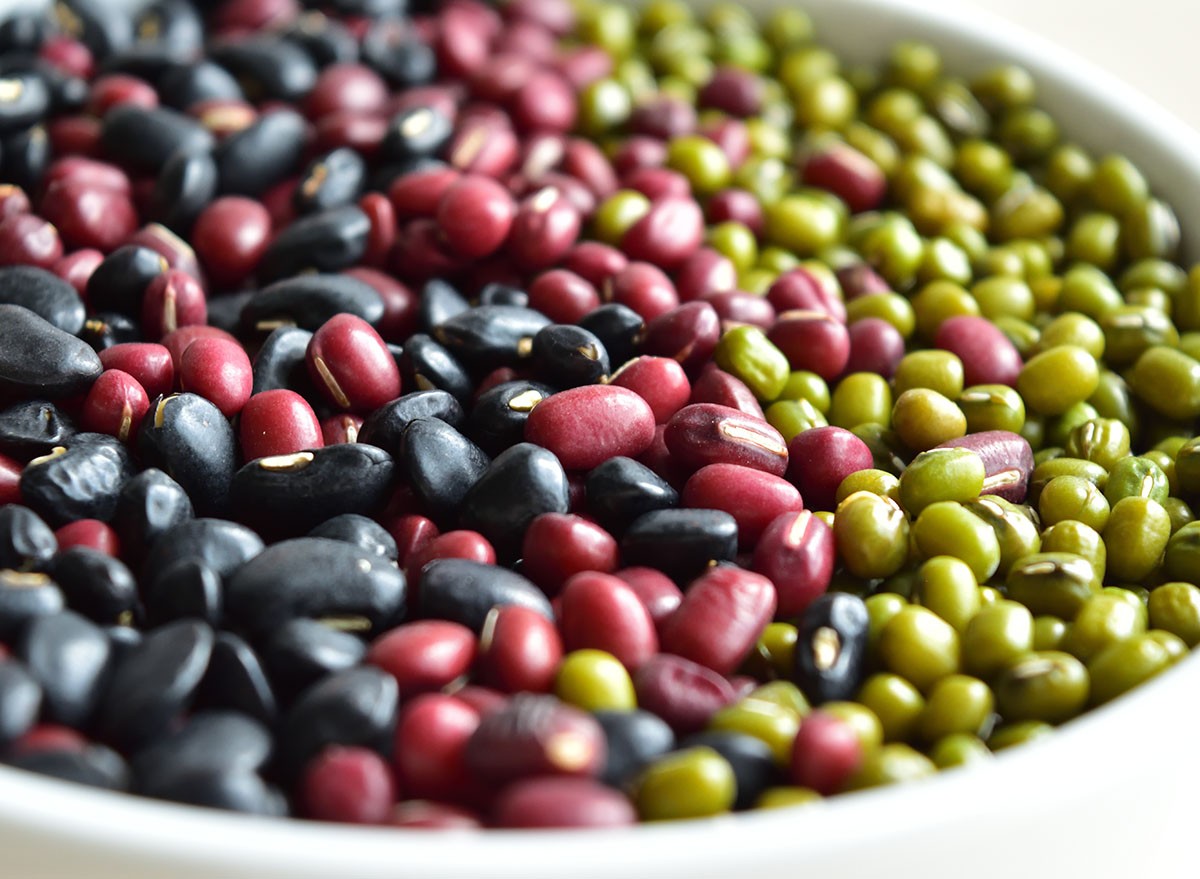
For vegetarians and vegans, lentils and beans offer substantial protein options. "This family of foods has roughly about 20 grams of protein per cup," Dr. Taz explains. Beyond protein, these foods deliver fiber and complex carbohydrates, creating a complete nutritional package. Try combining different varieties in soups, salads, and bowls to keep meals interesting and nutritious.
Protein Powders: Convenience Without Compromise
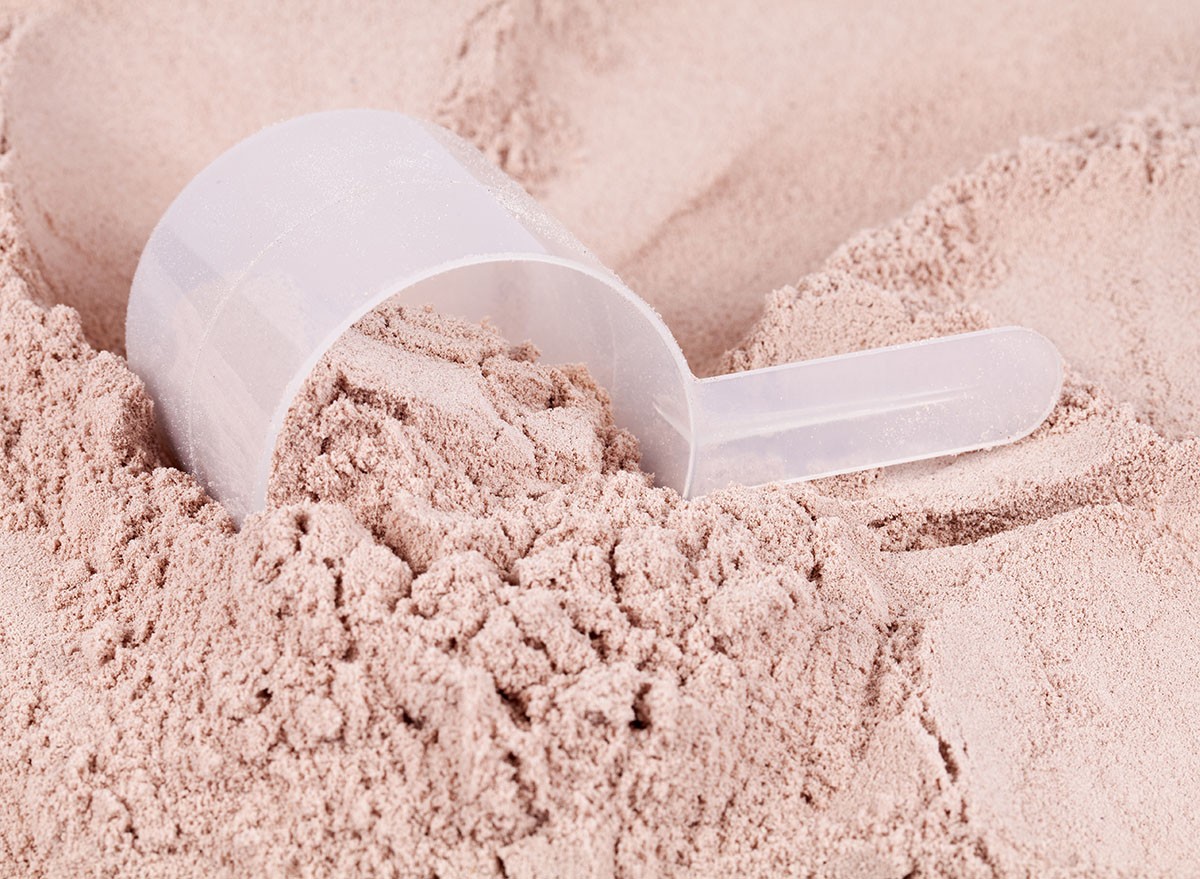
When life gets hectic, protein powders can fill the gaps. "By adding a scoop of protein powder into different meals, you can add up those protein grams and get an additional 20 grams in," Dr. Taz suggests. Look for quality options with minimal additives and consider adding them to smoothies, oatmeal, or even mixed with water when you're short on time but need to meet your protein goals.
Nuts and Seeds: Mindful Portions Matter
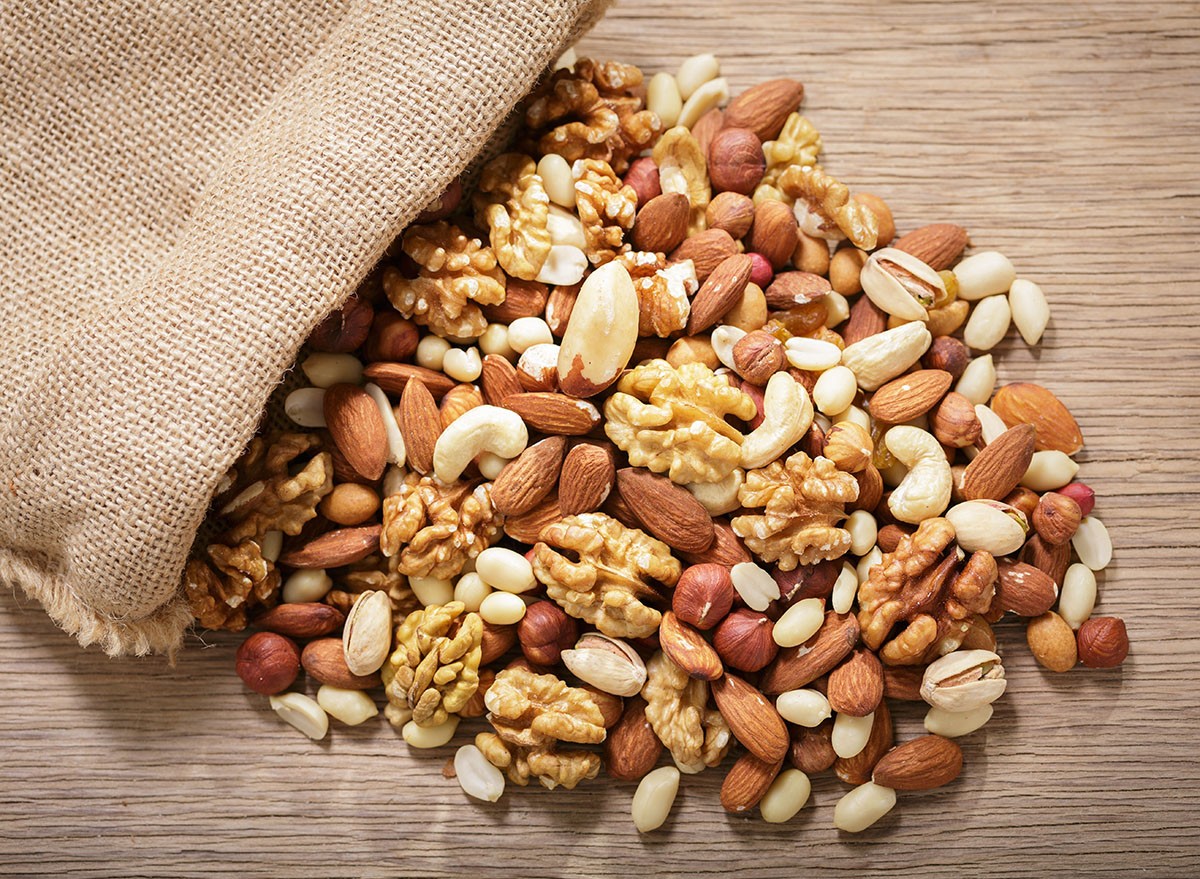
While nuts and seeds offer protein, Dr. Taz cautions about portion control. "About seven almonds give you about five grams of protein," she notes, while "seven to ten macadamia nuts will give you about two to three grams." These foods pack a caloric punch, so they're best used as protein boosters rather than primary sources. Add them to yogurt, salads, or as small snacks between meals.
Your Protein Strategy: Mix and Match
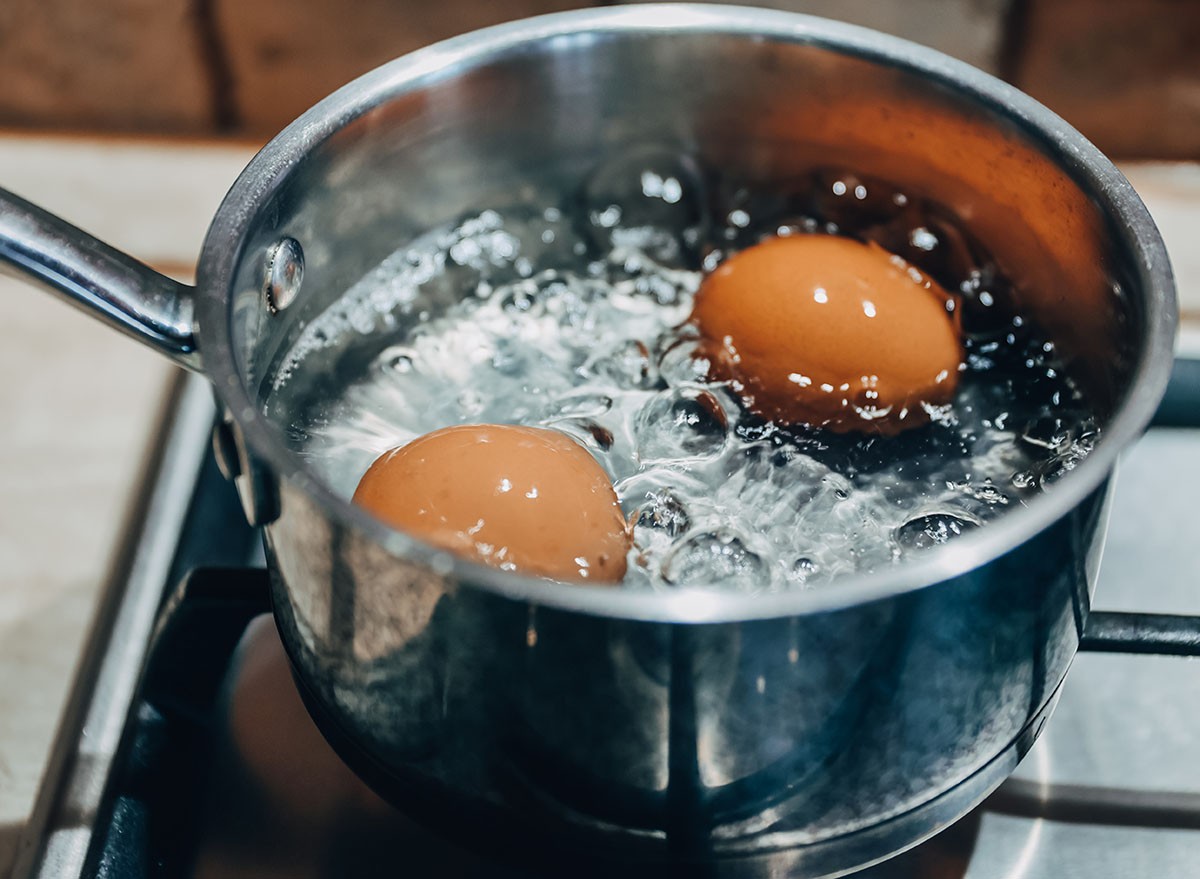
Creating a sustainable protein plan requires variety. "Use things like eggs to really help you buffer your protein content. Use and incorporate beans and lentils," Dr. Taz recommends. Combining different protein sources not only prevents food boredom but ensures you get a full spectrum of amino acids and nutrients. Start with a protein-focused foundation at each meal and build your menu from there.
Why This Matters More As You Age

Maintaining adequate protein intake becomes increasingly important with age. "As muscle mass goes down, our blood sugar becomes more unstable," Dr. Taz warns. After age 35-40, we naturally lose muscle each decade unless we actively preserve it through protein intake and strength training. Prioritizing protein helps combat inflammation, stabilize metabolism, and support healthy aging, making those 30-40 grams every four hours an investment in your long-term health. And if you enjoyed this article, take advantage of these 15 Quick Ways to Lose Body Fat Percentage in a Week.




